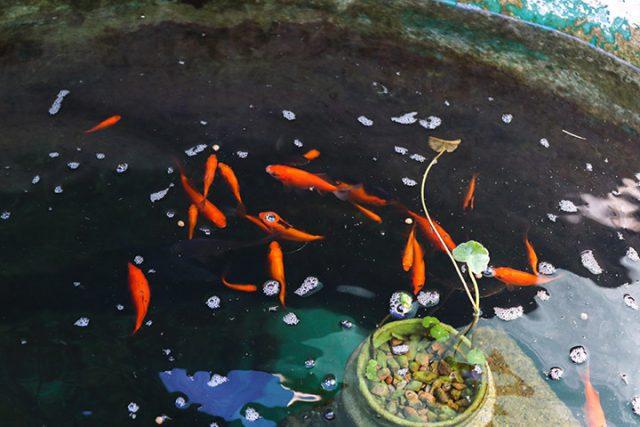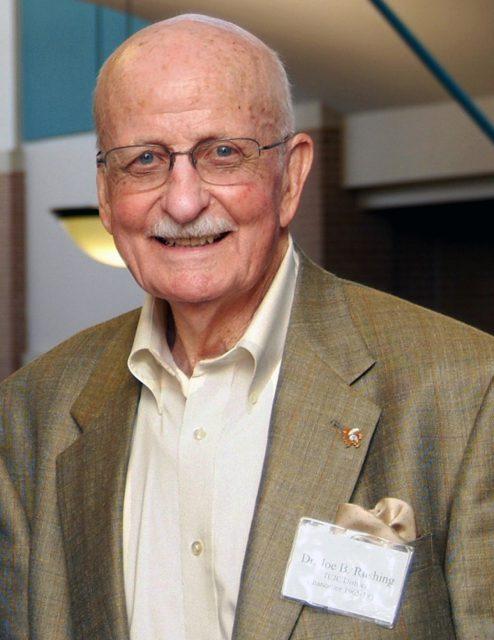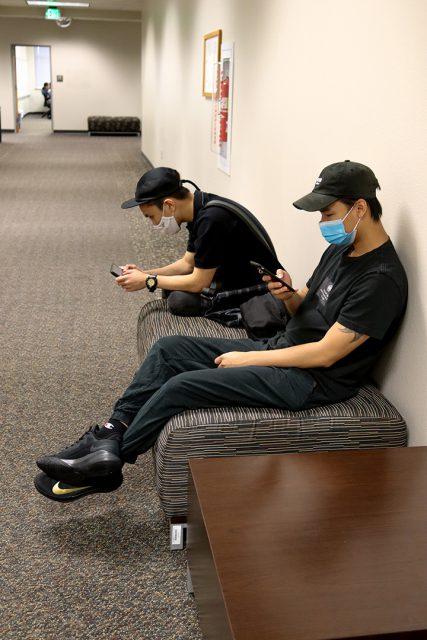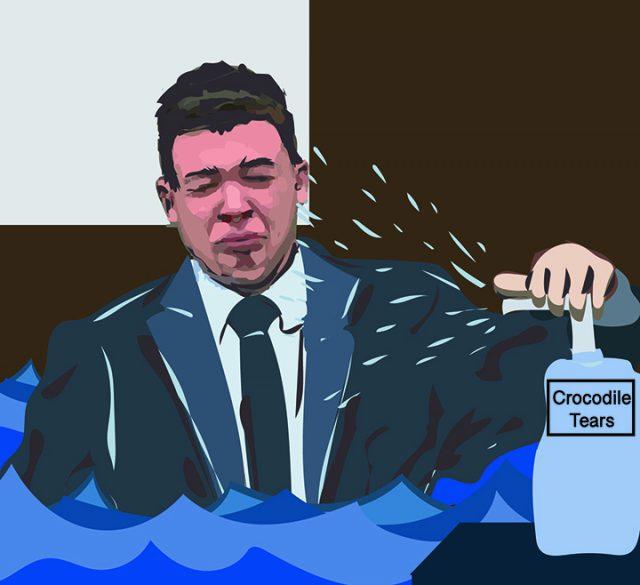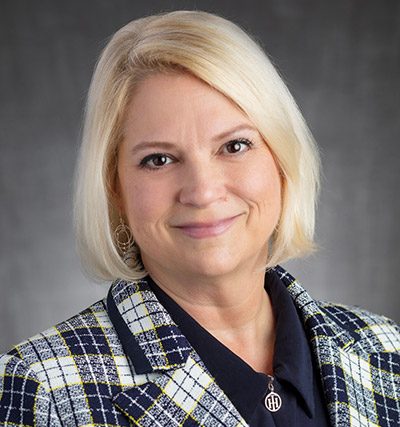Alex Hoben
photo editor
In the far corner of SE Campus is a secluded garden with an intricate circulation system that has cultivated and flourished with plantlife for years.
This garden features two major parts: the plots available for faculty and students to rent and an aquaponics garden maintained by SE history professor Bradley Borougerdi. The plots, while tended to by their respective renters, are under the administration of Laurie Ertle, an assistant biology professor on SE.
The SE Sustainability Committee — which promotes sustainable practices related to campus activities —- turned the area next to the pond outside of the ESCT building into a rentable space that can give back to the school. The garden was the first initiative the committee took, beginning with an abandoned field of land.
“There was a wooden, rickety broken-down fence,” Ertle said. “It went around three sides, not the other side. It was just wide open.”
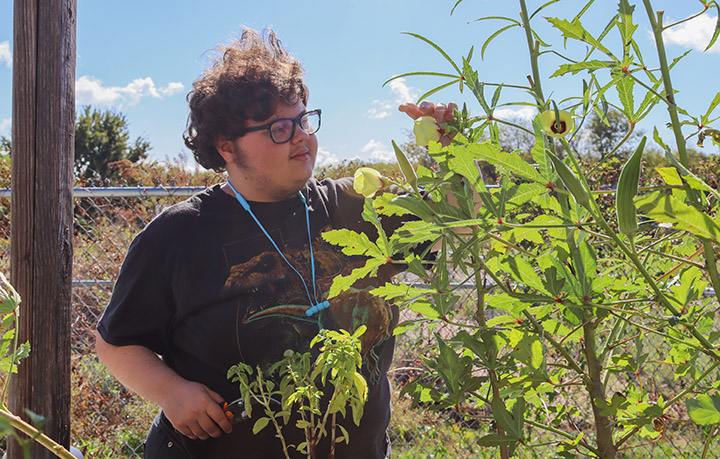
SE student employee Sev Lohse tends to the aquaponics garden in the back corner of the SE parking lot.
The garden officially opened in 2016 with the above-ground plots prefilled with soil. For the past five years, it has been rented out to students and faculty for both professional and personal use.
“There are some people that have been the same people to rent for the past five years while there’s also been turnover,” Ertle said.
The garden is available for those who have rented a space, but Ertle was clear that not every student is allowed in. They must be enrolled in a course that incorporates the gardens through in-service learning or, if part of a club, must have signed a waiver with Student Activities clarifying they can enter.
Students are free to enjoy the outside area where there are benches to sit and watch the pond.
“It’s a good place to clear your head,” SE student Sev Lohse said.
Lohse is the only student employee for the aquaponics garden in front of the rentable plots doing daily checks of the plants and fish. He tends to the growing okra and herbs in the top level of the aquaponics structure while Borougerdi is the main authority on the circulation system.
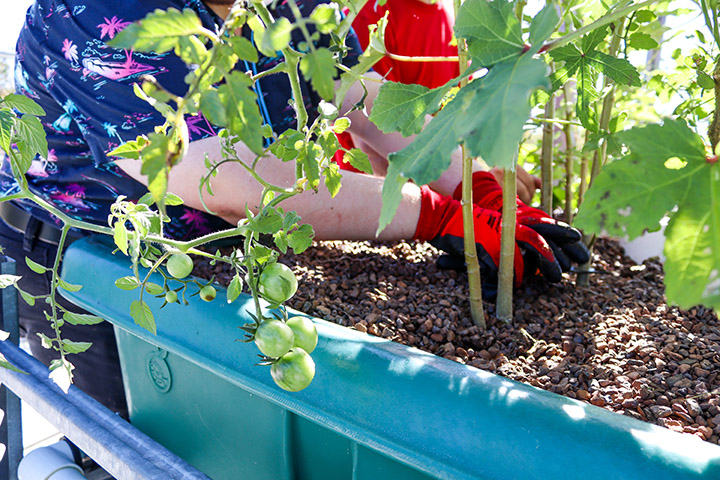
“Aquaponics is the mixture of hydroponics and raising fish,” he said. “They go into each other.”
Borougerdi said the garden was a mutual cycle of turning the ammonia from the fish waste to nitrates, which are pumped into the rocks where the plants live. While larger systems can house catfish and tilapia the fish currently in the system are hardy goldfish.
Borougerdi and Ertle said they would like to see the project expanded further and have more student involvement. Next spring, they plan on having a learning community that combines BIOL. 1409 and HIST. 1302, which would heavily incorporate the gardens into the course structure. They hope to supply the cooking department with produce, creating a self-sustained system to supply curriculum.
“That’s the dream,” Borougerdi said. “To have this whole place covered in a greenhouse, to expand it.”
Lohse is experimenting with his own plants in the garden under permission from Borougerdi and has seen great progress in his gardening skills since being hired for the gardens.
“There’s a weird sort of pride that you feel coming in day after day and seeing how the plants evolve and grow, same with the fish,” Lohse said.
























